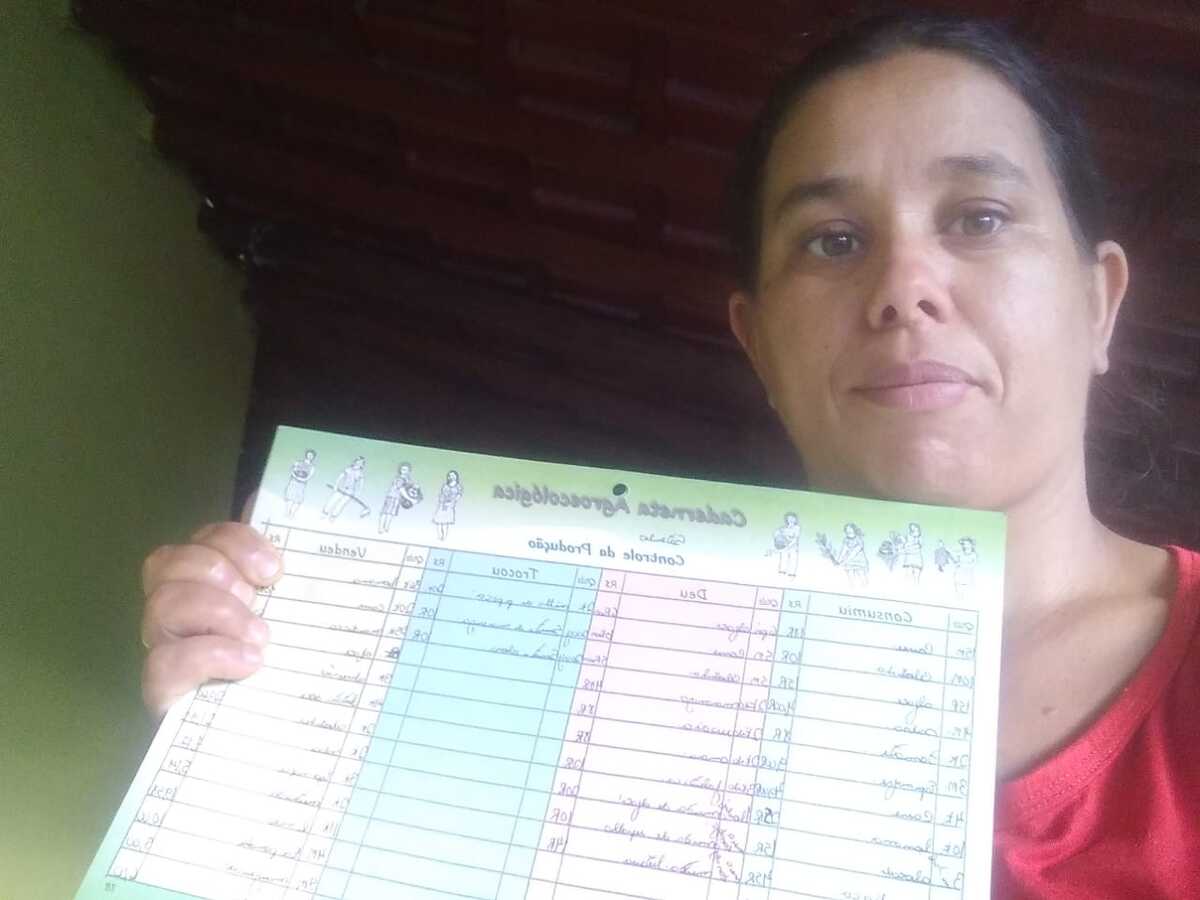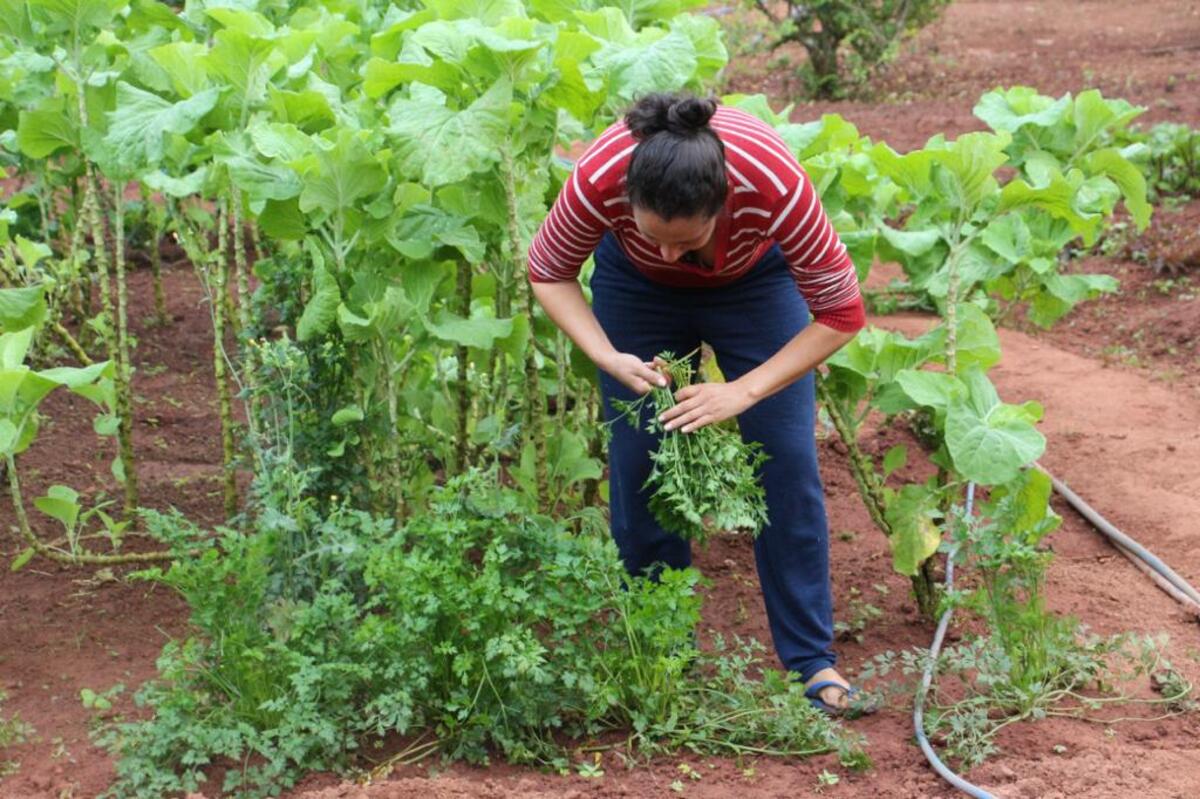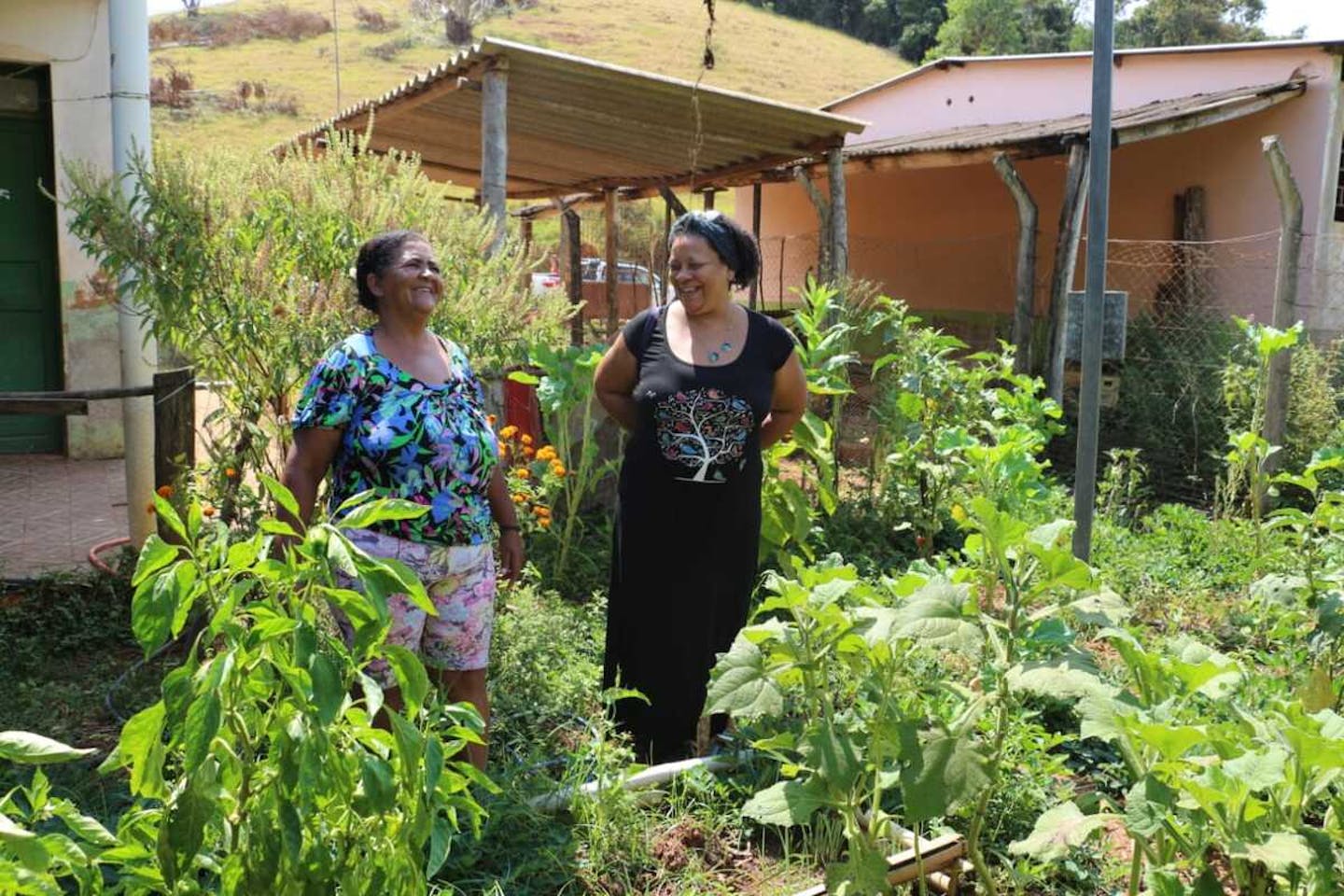How a booklet transformed women’s agroecological production in Brazil
Why is a simple booklet, with four columns and space for notes, so special to Brazilian women family farmers? When asked about the importance of the agroecological booklet, Marcilene Gonçalves, a farmer who lives in the city of Simonesia, says that it changed her life.
It’s a common response among farmers who use the methodology developed by the Center for Alternative Technologies of Zona da Mata (CTA), a region in the state of Minas Gerais, Brazil.
In the booklet, farmers, mostly women, track the daily production of their gardens. They write down what they use in the kitchen, what they sell, what they trade, and what they give away. They also note the quantities and market prices of the items.
This method is allowing farmers in the region to scale their production. Gonçalves, for example, has always produced in the backyard, but until ten years ago she did not recognize this work as important. She cultivates more than thirty species of vegetables, greens, and fruits and also raises chickens. This production feeds her family and now thanks to the CTA booklet is sold to the community, schools, and exchange fairs.
Many women living in rural Brazil do not recognize themselves as agricultural workers. Historically, only work done on crop fields is recognized as production. It's typically a job performed by men throughout the country. On the other hand, farming in the backyard is usually the responsibility of women. In these small plots, they plant vegetables, medicinal plants, and fruits. Researchers identified this as an opportunity.

Work from the garden
“In workshops developed with rural women in 2009, we noticed that, when asked about their work and contribution to the income and support of the home, many women did not mention work in the backyards”, says Beth Cardoso, agronomist, Executive Coordinator of CTA and member of the women's working group at the National Agroecology Association.
It was then that the idea of making the booklet came up. The initial goal was to raise women's self-esteem, helping them acknowledge how much food they produced. But as CTA technicians tabulated the data and calculated the women’s production, they found an average contribution similar to Brazil’s minimum wage.
“The instrument worked better than planned. The effect on women's self-esteem was immediate. Many began to recognize themselves as farmers. They realized that without the outcomes of that work, spending on markets would be high, many times higher than the family's income. They understand themselves as providers of the houses”, explains Cardoso.

Tracking production
With production organized in the booklet, some women managed to start participating in Pronaf, a program of the Brazilian government that supports local farms. The program buys food from smallholders and then uses this food to provide meals in public schools.
Women also started to increase production. With the booklets, they grow items that are accepted for sale in each region and season. Some women were able to use the booklets as proof of rural work, which allowed them to apply for retirement. Their backyards have also proved to be fundamental spaces for the maintenance of biodiversity, with the preservation of native seeds. CTA identified up to 246 species of plants in a single yard.
The method was so successful that the Working Group of Women of the National Articulation of Agroecology (ANA) has implemented it in other regions of Brazil. On average, women that use the booklet earn a monthly income of around 820 to 940 Brazilian Reais, a 2017-2018 study by the Federal University of Viçosa, the National Articulation of Agroecology, and the Brazilian Federal Government showed. This is similar to Brazil’s minimum wage of 1100 Reais.
The CTA booklet empowers women to sell their organic, pesticide-free, regenerative food. It serves as an alternative to industrial agriculture, a sector with a high carbon footprint, providing the community with more nutritious, climate-friendly resources.


